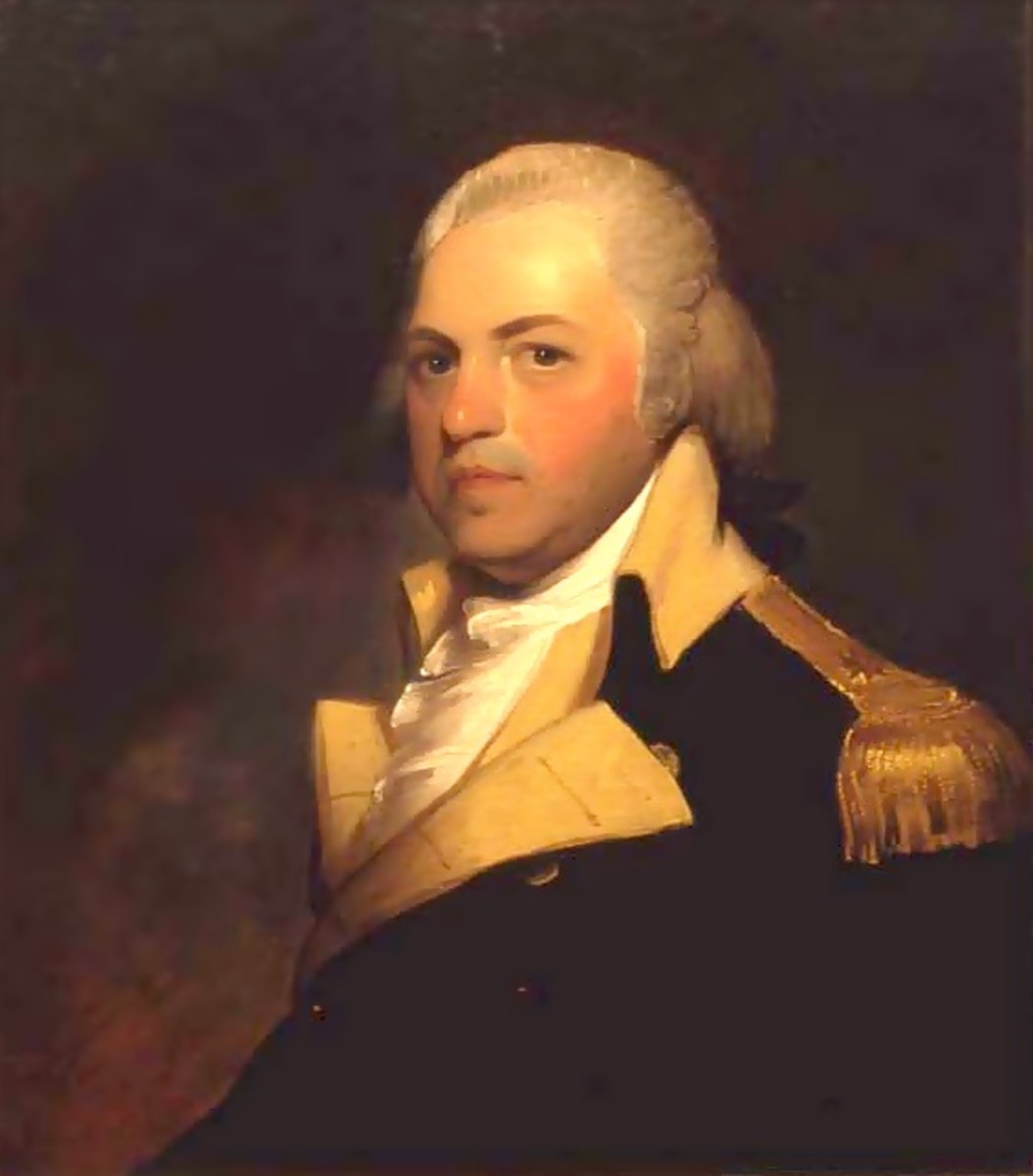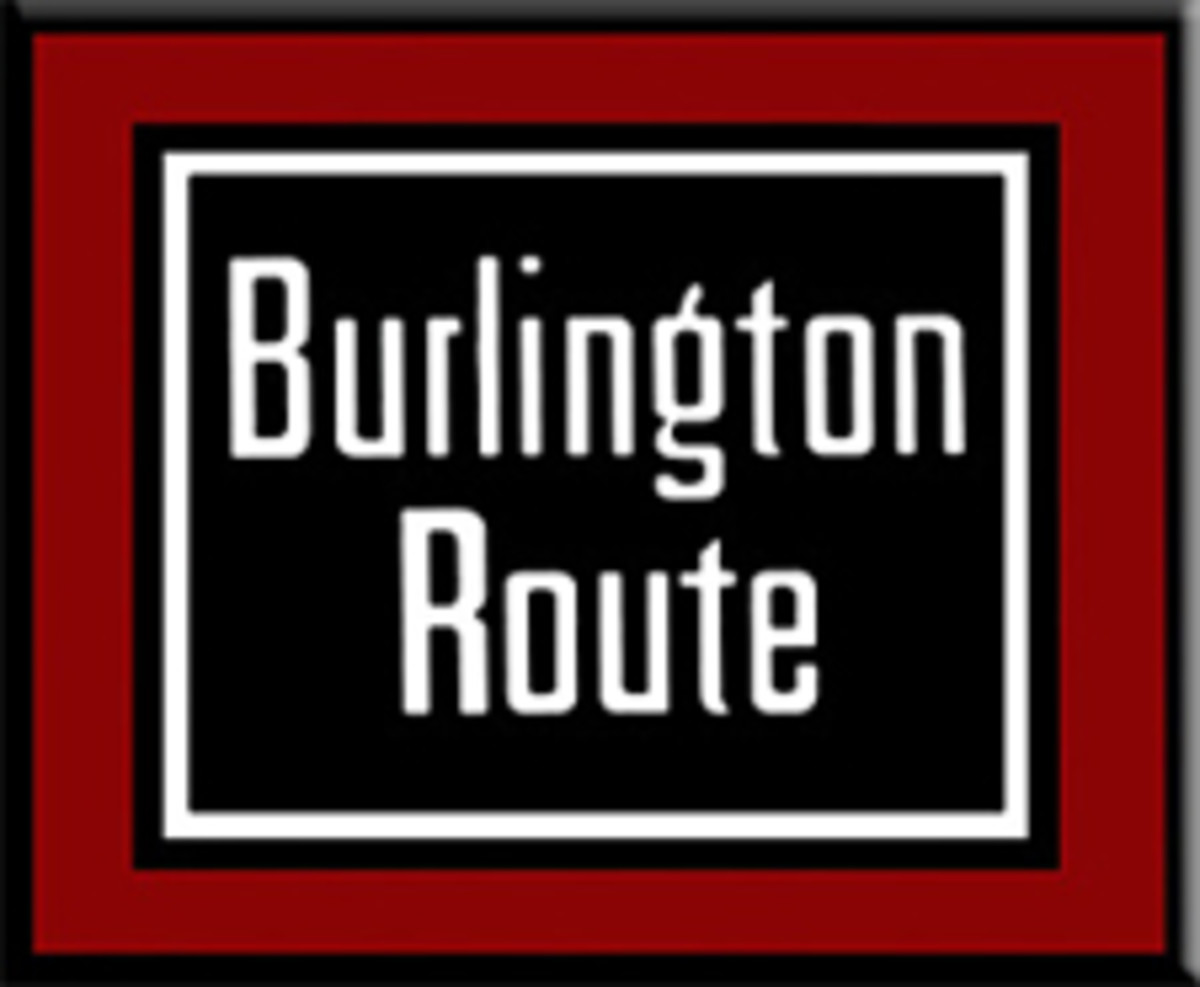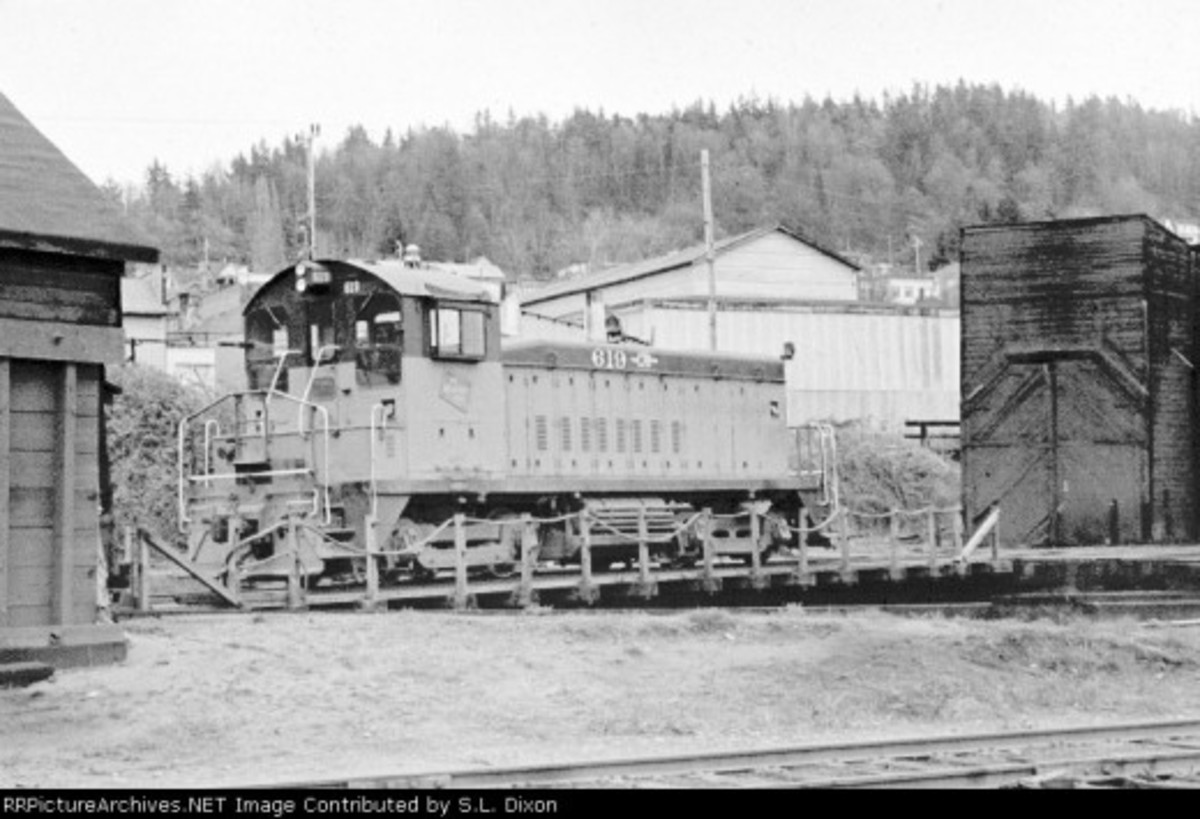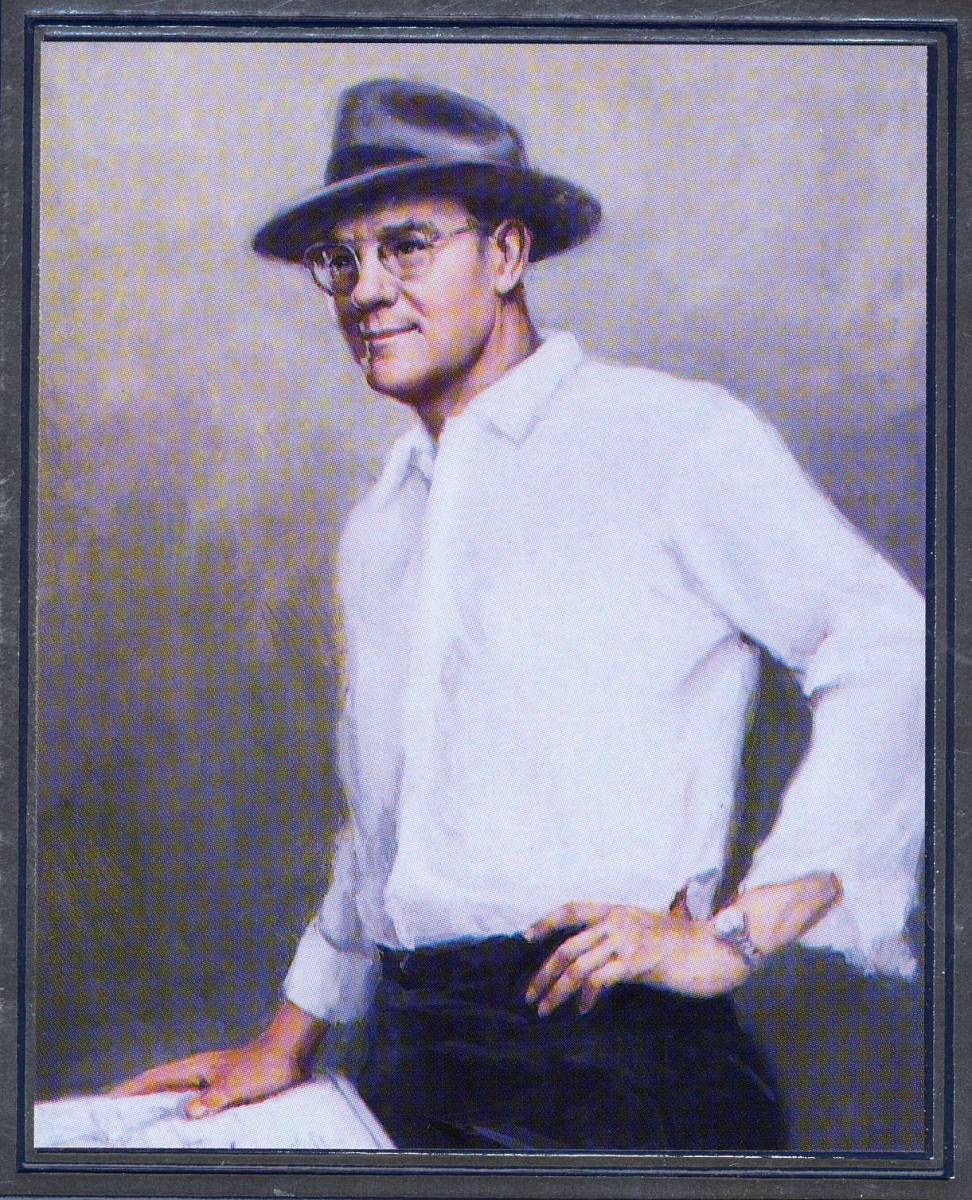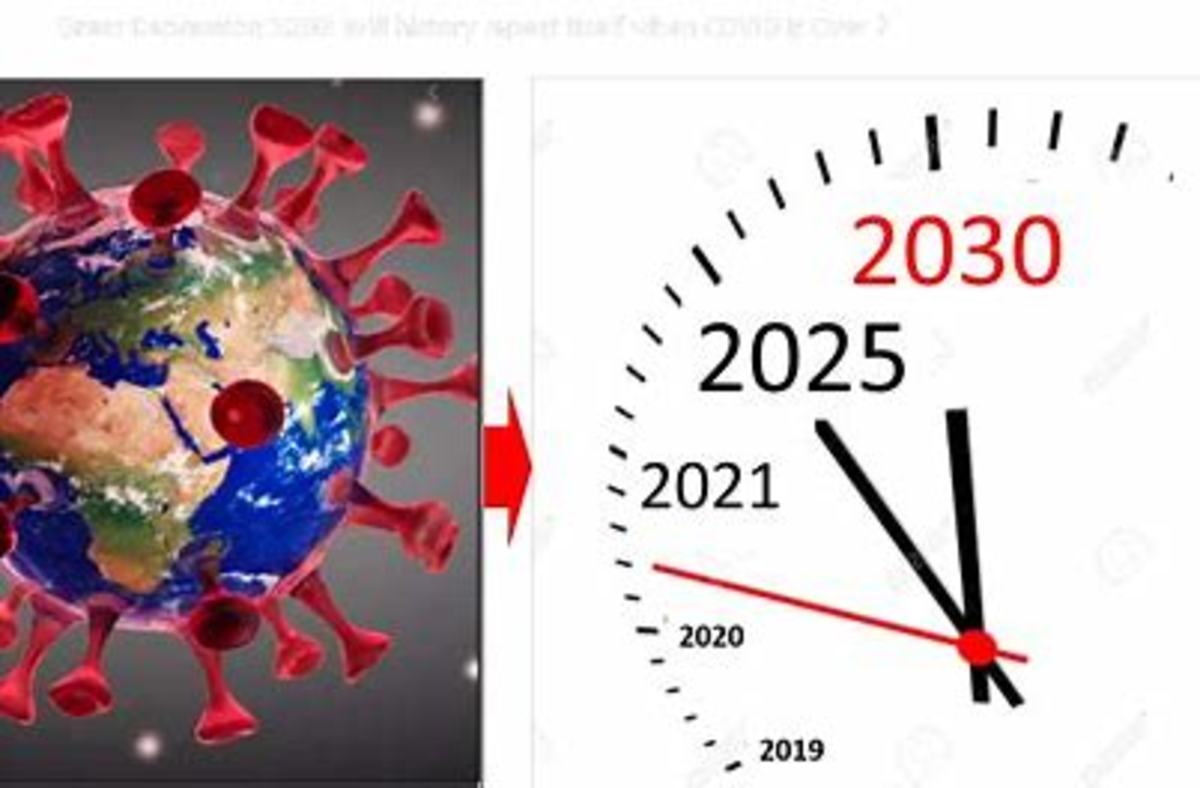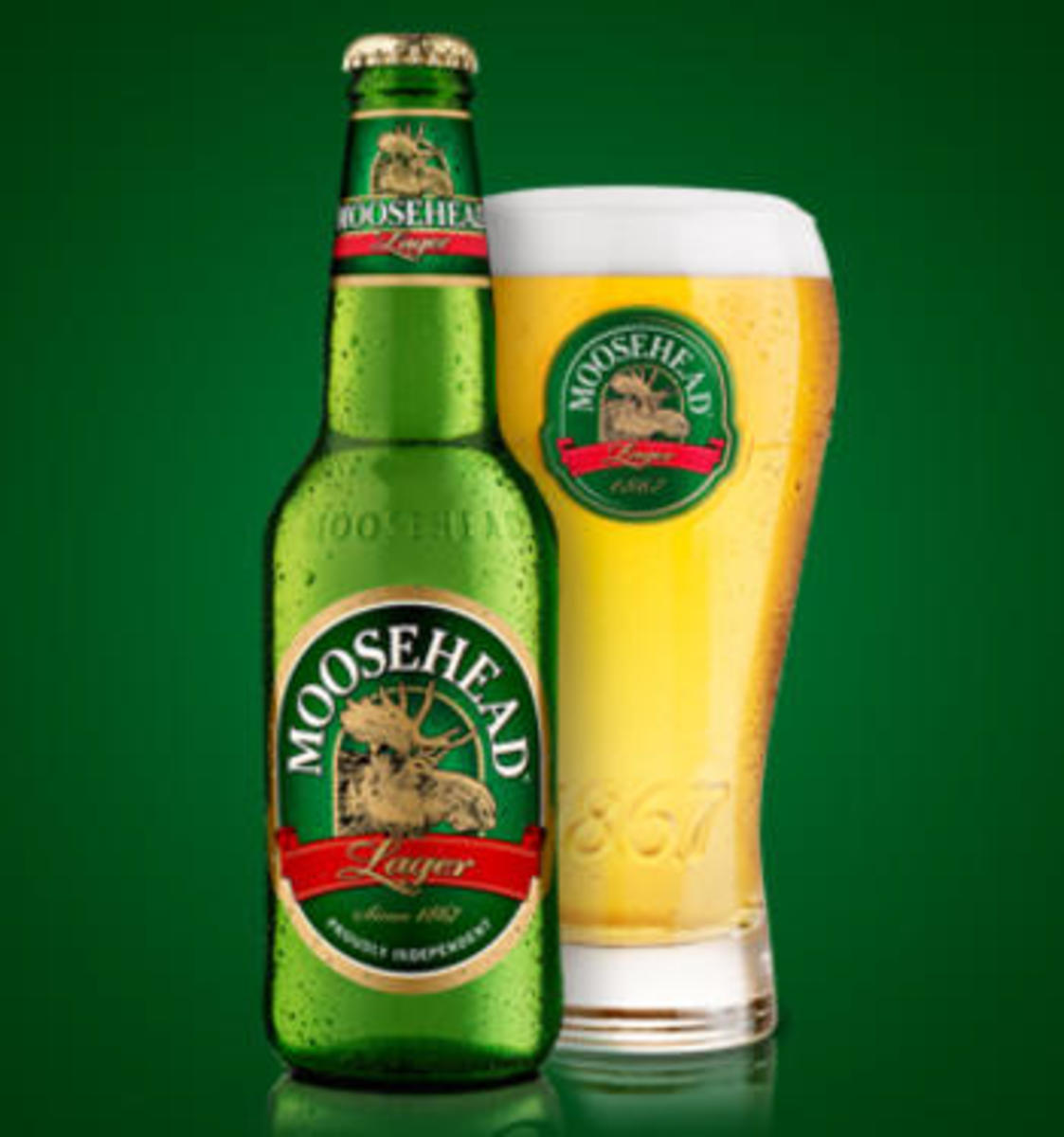The B&O Railroad Story


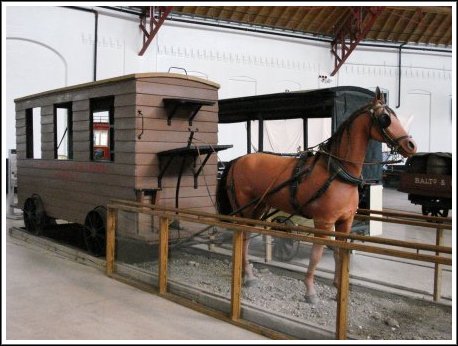
February 12, 1827, was an historic day for Baltimore, MD, as well as for the rest of the country. That was the day civic-minded residents of that city met to charter the (B&O).The B&O is reputed to be America's oldest passenger and freight line.
The original line began from the Port of Baltimore, west to the Ohio River at Wheeling and a few years later the operation expanded to Parkersburg, West Virginia. It is now part of the CSX network.
Initially, the B&O carriages were horse drawn, but by 1829 steam engine became the power of choice since once the rails left the coastal plains there were formidable mountains to cross.
The B&O also later acquired the Leiper Railroad, the first permanent railroad in the U.S. The B&O motto was: "Linking 13 Great States with the Nation." Many Americans may recognize B&O as one of four railroads on the board game “Monopoly.”

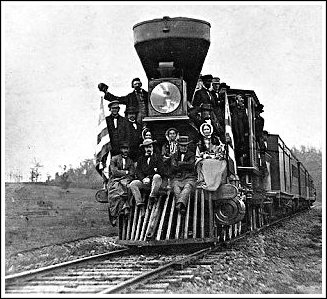
Philip E. Thomas and George Brown led the way in forming the railroad. In 1826 the two began investigating railways
in England and in 1827 Chapter 123 of the 1826 Session Laws of Maryland was passed followed by the Commonwealth of Virginia’s charter on March 8, 1827. The B&O was formally incorporated April 24th.
The daring venture was meant to provide a faster way for shipping Midwestern goods to the East Coast. The Erie Canal had been the primary means, but transporting goods by that fashion was extremely slow. Thomas was elected the first president and Brown was instituted as treasurer.
Railroads played an important role in the Civil War between April 19, 1861 and April 21, 1865 and the B&O was a major participant. It was the B&O that provided Lincoln’s funeral train. As the railroad continued to expand, it developed an east coast corridor between Washington and Jersey City.
The Civil War, however, caused the B&O untold problems. The North and South each claimed the railroad. Unquestionably, the railroad was a critical component of the Union and Confederate war effort. The Confederacy needed to control the rail line's tracks in northwestern Virginia to prevent the capture of Harpers Ferry. On the other hand the Union had to keep the Confederates from capturing any of the northern tracks railroad west of the Appalachian Mountains.
By 1861 The B&O owned over 75 locomotives, 2,000 freight cars and more than 100 passenger cars. John Garrett, Baltimore & Ohio President at the time was a staunch Virginian, whose loyalties understandably lay with the South. When the Union Army occupied of Baltimore in the first days of the war, executives realized their prosperity was better served by the North. The B&O stayed with the Union. However, the Union and Confederacy both still cast a suspicious eye on the B&O.
In response to Garrett’s decision to serve the Union, he received an anonymous letter containing threats to destroy tracks and bridges and buildings, if the B&O continued to transport Union soldiers.
When pro-southern sympathizers heard the B&O planned to transport soldiers from the 6th Massachusetts Infantry through the city to Washington, D. C., they immediately protested. Garrett received a note from the mayor of Charles Town, Va., stating if B&O transported the 6th Massachusetts over its line, Virginia militia forces stood prepared to destroy the bridges at Harpers Ferry.
In the 1920s, the B&O acquired the Buffalo, Rochester and Pittsburgh Railroad, intending to build a short bridge route from eastward to the Reading Railroad which B&O already managed. This would make a more direct route to cities in the northeast. However, the Great Depression temporarily halted any such endeavor.
Following World War II, the Railroad was trying to pay off massive debts that had been mounting since the 1930s. It was a difficult time for the railroad. More efficient diesel engines were being bought to replace the aging fleet of steam locomotives. At the same time it was upgrading its passenger fleet from standard heavyweight cars to streamliners. If that were not enough, the new fangled airline industry was beginning to siphon off long-distance passengers.
By 1970, the B&O was in dire straits. It was forced to merge with arch competitor, the Chesapeake and Ohio Railroad forming the Chessie System. The Chessie later swallowed up the Western Maryland and other lines, becoming one of the nations’ largest railway companies. The government-operated Conrail was actually the largest
In the 1980's, the Chessie System changed the company's name to CSX Transportation.



